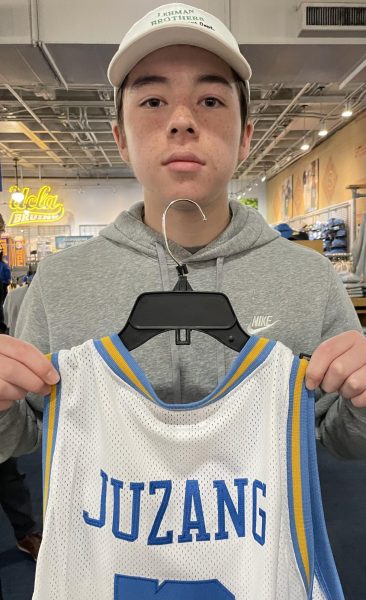Every high school student, at some point in their lives, has picked up and read a book: a tangible means of consuming information not limited to a screen. While there are conflicting views about reading books in each high schooler’s mind, there is no denying the importance of books and reading for access to knowledge and sparking imagination. Allie Haahr ‘24 asked at the beginning of her Senior Seminar presentation, “When was the last time you truly looked at a book?” We never stop to think about how the book we’re reading has been bound and how each part of the book is held together precisely and with intense care. This is exactly what Allie thought when she began her January Project, and she soon started to look into the methods used to bind books and the history behind the practice. From writing on papyrus paper and using string to tie pieces together, to Gutenberg’s printing press, to today’s automations, bookbinding and bookmaking have come a long way from their humble beginnings.

For a large portion of history, bookmaking was extremely tedious and expensive. This was evident in the time-lapse played during Haahr’s presentation, which revealed her process of removing the pages from a book and then binding them back together. It took her over four hours just to bind one book together for this presentation. By using different tools such as a Cricut cutter, she was able to rebind multiple copies of some of her favorite books. When asked about her thoughts on the future of bookbinding and books, Allie responded that physical text will never go away. The history of bookmaking and information in texts has always trended in the direction of convenience, from pages connected by string to hardcover books, and can never be outdone. She also stated that throughout the project, she gained “a much greater appreciation for books and bookmaking.” So, next time you read a paperback or hardcover book, take a moment to think about how it got to your hands!








